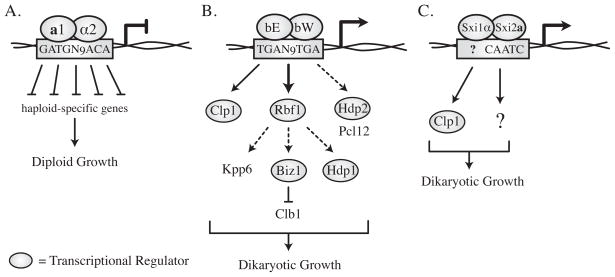Figure 2. Mechanisms of molecular control of sexual development.
(A) The a1/α2 heterodimer of S. cerevisiae established the paradigm for cell-identification following the fusion of mating partners. 19 targets are repressed directly by the heterodimer, resulting in the stable diploid cell type. (B) The bE/bW complex of U. maydis operates at the top of a transcriptional cascade responsible for establishing the dikaryon. It acts directly to induce a number of regulators, including rbf1 and clp1. The transcription factor Rbf1 then induces the expression of biz1, hdp1, and kpp6. hdp2 and pcl12 show b-dependent expression, although this regulation has yet to be verified as direct. (C) The Sxi1α/Sxi2a complex in C. neoformans is known to act directly to induce the expression of CLP1. It is as yet unclear what pattern of transcriptional control will be utilized downstream of Sxi1α/Sxi2a activity to establish the dikaryotic state. Solid arrows indicate direct regulation; dashed arrows indicate indirect (or not yet confirmed as direct) regulation.

